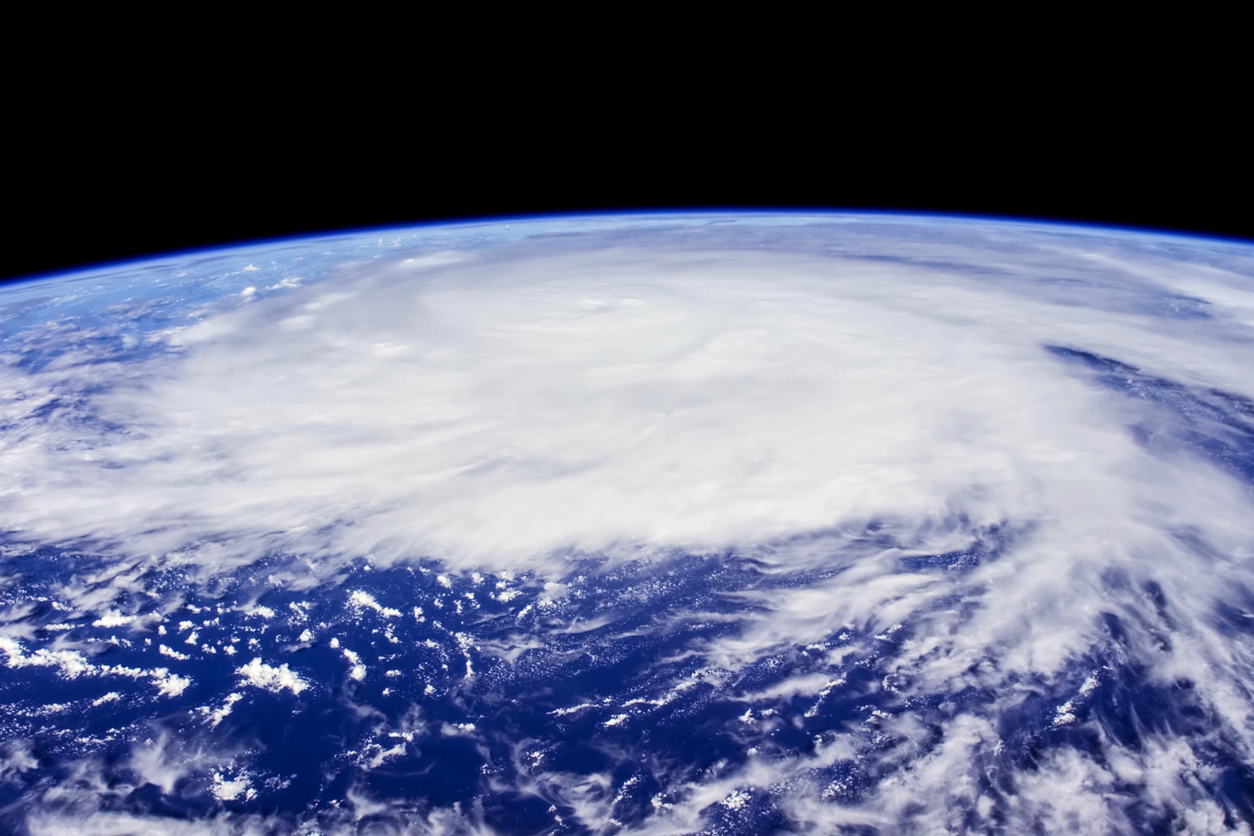That routine began a week ago, though Hurricane Florence appears to be turning up the volume this time.
The last time a hurricane of this size struck the middle of the East Coast, Texas Instruments had just introduced the first transistor radio.
Since then, the region has been developed heavily and the potential damages may be exponentially higher.
Karen Clark & Co., which produces models for catastrophes, said that if 1989's Hurricane Hugo had hit South Carolina in 2012, just 23 years later, insurance losses would have more than doubled to $10 billion when development and inflation are factored in.
Forecasting where a hurricane will hit and with what level force is always tricky and there is a long history of false alarms. But the likelihood that Hurricane Florence will collide with Carolinas and neighboring states has created a sustained sell off of major property and casualty insurance companies, and the companies that insure the insurers.
Allstate Corp had been in decline for three days, as has Travelers Cos., though those shares appeared to stabilize Tuesday.
Property and casualty insurance investors "are still keenly aware of significant losses from Hurricanes Harvey, Irma, and Maria in 2017," wrote Kai Pan and Michael Phillips, analysts with Morgan Stanley. "We expect Florence to weigh on P&C (re)insurance stocks as it moves closer to mainland U.S."
Allstate has a 6.9 percent market share for home, auto and commercial property coverage in the Carolinas and Virginia, according to Morgan Stanley. Berkshire Hathaway has a market share of 5.6 percent, and Travers is 4.3 percent.
As of 5 p.m. Tuesday, Florence was centered 785 miles (1,260 kms) southeast of Cape Fear, North Carolina, moving west-northwest at 17 mph (28 kph).
The center of the titanic storm is expected meander Thursday, Friday and Saturday over a stretch of coastline saturated by rising seas, inundating several states and triggering life-threatening floods. Seven-day rainfall totals are forecast to reach 10 inches to 20 inches (25 to 50 centimeters) over much of North Carolina and Virginia, and even 30 inches in some places. Combined with high tides, the storm surge could swell as high as 12 feet (3.7 meters).
Insurers, of course, have built up war chests and insured their own potential losses given the severity of the storms that have been striking the coastal United States.
Pan and Phillips point out that even with losses exceeding $140 billion last year, the insurance industry remains well capitalized. How to put a price on the destruction and how those companies will secure funding going forward is a topic of discussion this week at the annual, global reinsurance conference in Monte Carlo, where the analysts are in attendance.
But early estimates are emerging, based on each $1 billion in covered damages.
North Carolina has the highest property and casualty insured premiums of the three states at $16 billion, followed by Virginia at $13.6 billion, and South Carolina at $9.5 billion, according to Citi.
"In North Carolina, we estimate Travelers losses would be about $42 million for each $1 billion in insured losses, followed by Allstate at $37 million, Chubb at $25 million and Progressive at $21 million," wrote Citi analyst James Naklicki.
On the other hand, companies that help people ride out a storm, or clean up afterward, are having an exceptional week.
Shares of Generac Holdings Inc., which sells generators, are up 8 percent in just the past week. Shares of Home Depot Inc. and Lowe's Cos. are both up about 4 percent in the same period.













